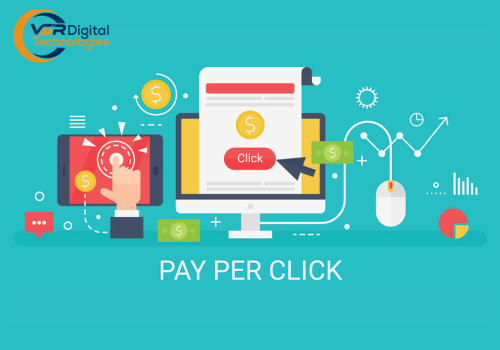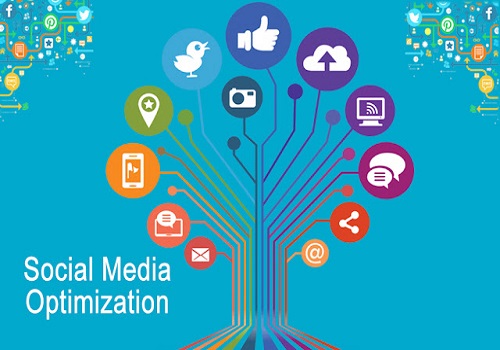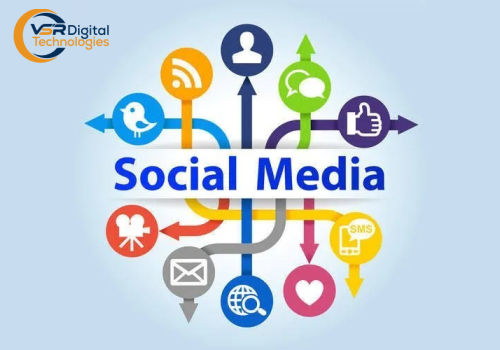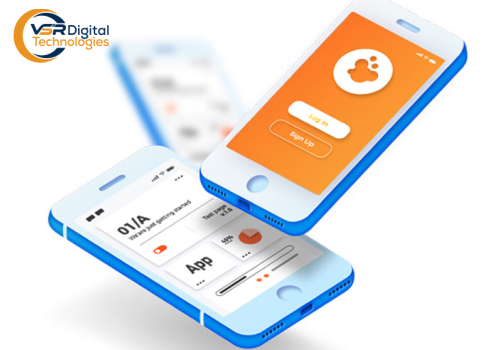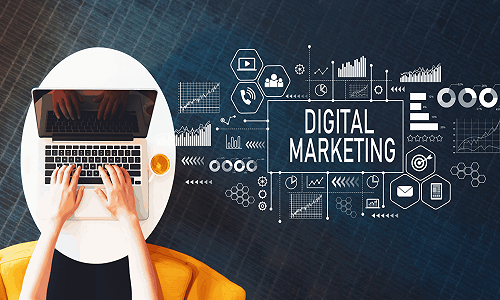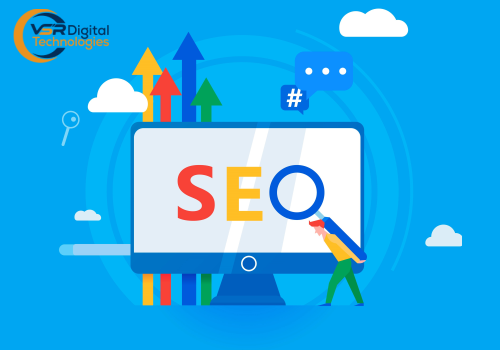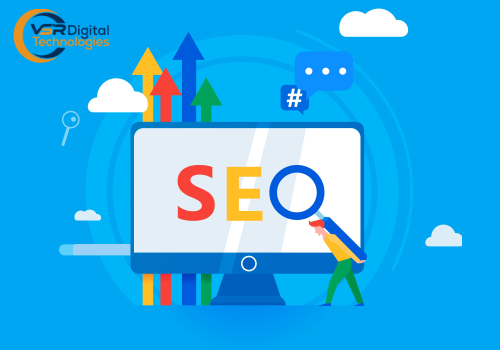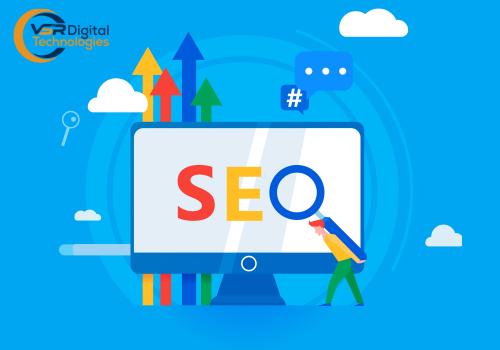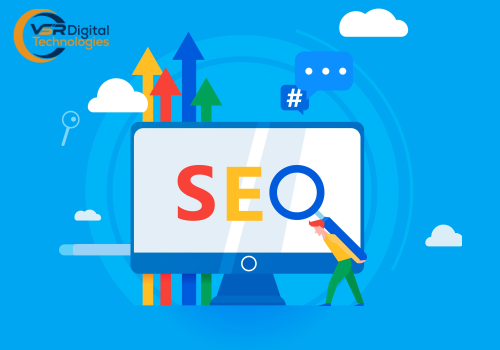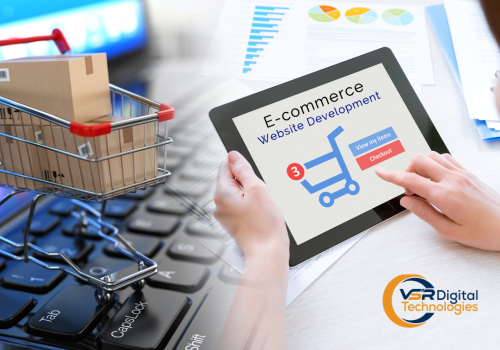
What is E-Commerce? Understand e-commerce in easy language?
Friends, we are going to understand in detail what is e-commerce? Have you ever bought shoes, jackets or anything else over the internet? Or, perhaps you have used the internet to sell your old mobile or laptop? If yes, then you have participated in e-commerce.
Table of Contents
| What is the meaning of e commerce? |
| What is the history of e-commerce? |
| What are the types of e-commerce? |
| What are the advantages of e-commerce? |
| What are the disadvantages of e-commerce? |
| What are the features of e-commerce? |
| Which are the biggest e-commerce companies in the world? |
| Which are the biggest e-commerce companies in the world? |
| What is the scope of e-commerce in India? |
| Frequently Asked Questions on E-Commerce |
| What is the difference between e-business and e-commerce? |
| Why do we study E-Commerce? |
What Is E-commerce?
E-commerce, also known as electronic commerce or Internet commerce, refers to the buying and selling of goods or services using the Internet, and the transfer of money and data to execute these transactions. Ecommerce is often used to refer to the sale of physical products online, but can also describe any type of commercial transaction that is facilitated via the Internet.
While E-business refers to all aspects of operating an online business, e-commerce specifically refers to the transaction of goods and services.
What is the meaning of e commerce?
The term e-commerce is an abbreviated form of "Electronic Commerce".
E-commerce, also known as electronic commerce, is the process by which businesses and consumers buy and sell goods and services through an electronic medium.
What is the history of e-commerce?
E-commerce dates back to the 1960s, when businesses began using Electronic Data Interchange (EDI) to share business documents with other companies.
In 1979, the American National Standards Institute developed ASC X12 as a universal standard for businesses to share documents via electronic networks.
It is impossible to think of the history of e-commerce without eBay and Amazon, which were among the first Internet companies to introduce electronic transactions.
The rise of eBay and Amazon in the 1990s revolutionized the e-commerce industry. Users could now buy anything through e-commerce.
What are the types of e-commerce?
Generally, when we think of e-commerce, we think of an online commercial transaction between a supplier and a client. While this idea is true, one can actually break down e-commerce into six major types, all with different characteristics.
There are 4 basic types of e-commerce:
1) Business-to-Consumer (B2C):
In this business, a business sells products or services directly to the consumer on the Internet.
For example, you buy anything from Amazon, Flip kart or any other site.
2) Business-to-Business (B2B):
Here companies sell products or services to other companies over the Internet.
In this type of e-commerce, both participants are businesses, as a result, the volume and value of B2B e-commerce can be huge.
3) Consumer-to-Consumer (C2C)
When a consumer sells his product to another consumer over the Internet, then this transaction is called Consumer-to-Consumer (C2C).
In this, a consumer sells his property like his old car, bike to other consumers directly through the internet.
Generally, these transactions are done through third parties, which provide online platforms. For this, many companies like Olx charge the consumer for the service or provide the service for free.
4) Consumer-to-Business (C2B) :
There is a complete reversal of the traditional understanding of exchanging goods in C2B.
An example of this is the online requirement to create a consumer web site, and many companies offer to create a web site for this at a good price. Similarly, holiday packages or insurance can also be examples of this.
What are the advantages of e-commerce?
- Increases Convenience: Customers can order items as per their convenience sitting at their homes. And they get its delivery at their home only. It is the best shopping option for those who are always busy.
- Compare products and prices: While making a purchase, a customer can compare the price of an item across multiple websites to get the best deal on the best product.
Along with this they can enjoy additional benefits like discounts and coupons.
- Easy Funds for Start-up: Many people have the desire to start a business but do not have enough capital to set up shop. Physical stores are very expensive on lease. E-commerce makes it easy to start and grow a business.
- Effective: In traditional business, a lot of resources are spent on meeting the needs of the business and this reduces the profit. Resources are used efficiently in e-commerce as most of the business services are automated.
- Access to Consumers: Traditional businesses such as physical stores have a limited reach, whereas through the Internet the same businesses can sell their products and services to consumers around the world.
- Prompt Payment: Payment is fast using electronic or mobile transactions at online stores.
- Ability to Sell Different Products: Businesses on the Internet can be flexible and businesses can sell multiple products or services at once.
What are the disadvantages of e-commerce?
1) Poor quality products: You cannot check the product by looking at it on the internet. Hence, there is a risk of fake marketing and poor quality products arriving at your doorstep.
Recently, there have been many incidents of soap coming in the mobile box instead of the mobile phone.
2) Unwanted purchases: Online stores display a large number of their products and due to the convenience of online shopping, customers end up buying unwanted items.
3) Internet Scammers: Internet is a good thing, but some people have decided to use it for wrong reasons. Before buying any goods on the Internet, collect information about that web site and product.
4) Lack of after sales support: Many a times, when a wrong or defective product arrives, the consumer does not get good service after completing it and their money and time is wasted for this.
5) Delivery of goods may be delayed: Sometimes the delivery of the product gets delayed and this may cause inconvenience to the consumer as well as loss.
6) Security: To buy a product online, you have to provide your personal details along with credit card information. But sometimes this information remains at risk of being stolen.
What are the features of e-commerce?
Ubiquity: E-commerce is available everywhere and at all times. Consumers can buy or sell products at any time from the comfort of their home or office through an internet connection.
Global Reach: E-commerce can transcend traditional cultural and national boundaries and connect consumers with businesses around the world. E-commerce websites now have the ability to have multilingual translations.
Universal standards: Here only one standard is used, which is known as internet standard. These standards are shared by all the countries around the world.
Wealth: Advertising and branding are an important part of commerce. E-commerce can deliver video, audio, animation, billboard, sign and etc. However, it is as rich as television technology.
Interactivity: In e-commerce technology, there is a two-way communication between the merchant and the consumer. You can communicate through e-mail or call.
Information density: Now the quality of information among all the market participants has increased tremendously. In the online shopping process, the consumer's personal details, product information and payment information reach the merchant and the consumer receives the product information.
Personalization/Customization: Messages can be sent to specific individuals based on a person's name, interests, and past purchases.
Social technology: Consumers share information on social networks and merchants advertise their products on social networks.
What is the difference between e-business and e-commerce?
E-commerce refers to online commercial activities, transactions conducted over the Internet. This includes activities such as buying and selling products, doing monetary transactions, etc. over the internet. Internet is used for e-commerce.
While E-Business refers to doing all kinds of business activities through the Internet. This includes activities such as purchasing raw materials/goods, customer education, buying and selling products, carrying out monetary transactions, etc. over the Internet. Internet, intranet, extranet are used in e-business.
E-commerce is a narrower concept and is considered a subset of e-business. While E-Business is a broader concept and is considered a superset of E-Commerce.
Here is a ranked list of the world's largest e-commerce companies:
FlipKart
Amazon
eBay
Shopify
What is the scope of e-commerce in India?
India's e-commerce market was around $3.9 billion in 2009, which stood at $12.6 billion in 2013. The online market had grown by 59 per cent in 2018-19.
India has an internet user base of around 450 million as of July 2017, which is 40% of the population. Despite having the second largest user base in the world, behind China (650 million, 48% of the population), India has a lower number of users than the United States (266 million, 84%) or France (54 million, 81%). E-commerce is low.
But e-commerce in India is growing at a phenomenal rate, adding around 6 million new members every month.
According to an estimate, India's e-commerce market will increase by Rs 2 lakh crore in this financial year.
Why do we study E-Commerce?
E-commerce brings about a fundamental change in commerce. Some of the reasons why e-commerce is so popular: E-commerce business operates on internet platform and today with the power of internet, you can get many more customers than you can by running a physical shop. E-commerce business minimizes destination barriers.




